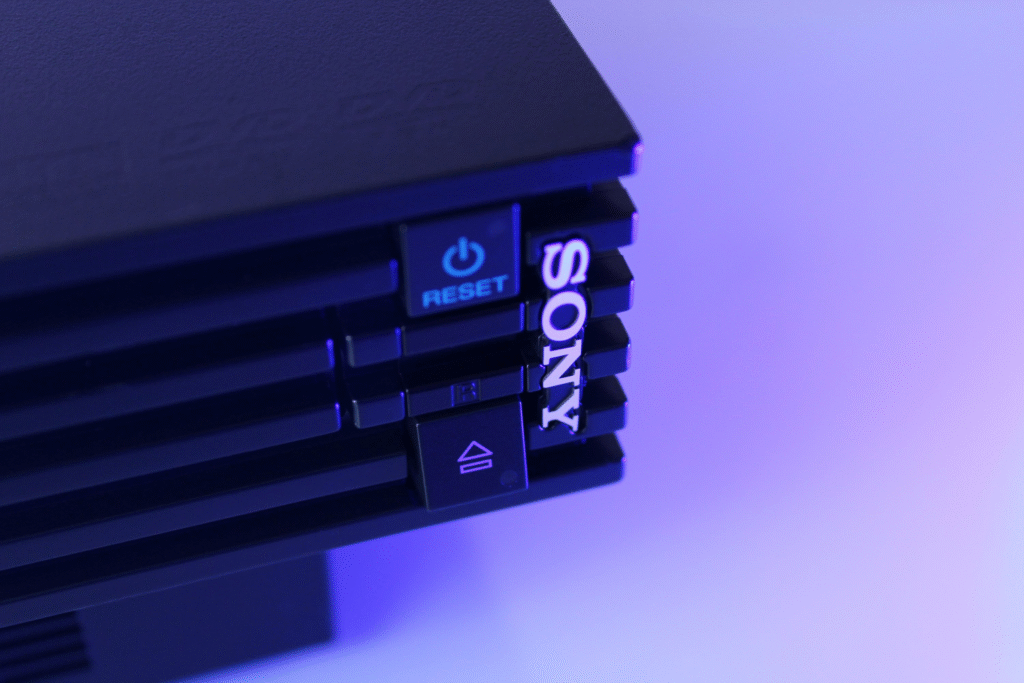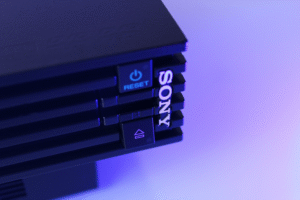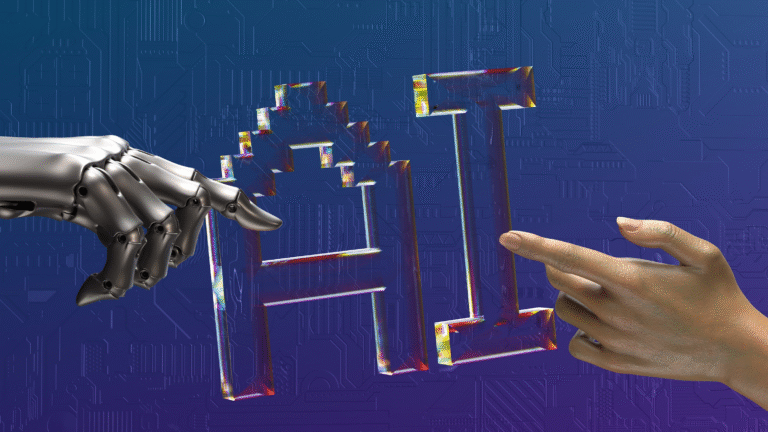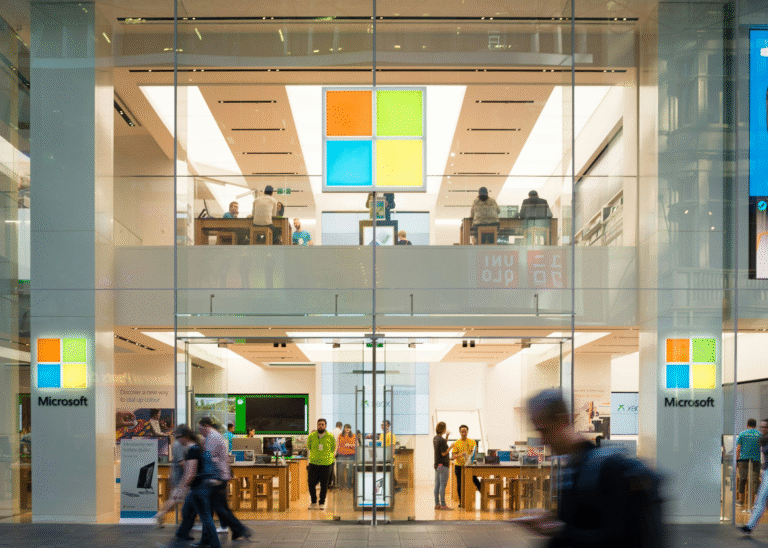When Sony released its latest financial update, it gave everyone a new sense of confidence, like when a corporation sees that parts of a long-term plan are finally coming together. The Japanese conglomerate raised its projection for operating profit for the financial year ending March 2026 by 8%, bringing forecasts up to 1.43 trillion yen. This number shows that the company is good at managing costs and that its entertainment and semiconductor divisions are doing well. When a worldwide brand with significant origins in electronics successfully moves its focus to storytelling, gaming worlds, and innovative chips, it becomes evident how much the company has changed.
The news came following a good quarter from July to September, when operational profit jumped to 429 billion yen. That rise alone showed strength in a year full of questions, notably about how U.S. tariffs might affect things. Sony’s management thought that the adjustments in tariffs would hurt its bottom line more than they did. When talking to analysts, the tone was cautious but hopeful, as if the corporation itself was admitting that careful planning and positioning were finally paying off.
A lot of Sony’s recent success comes from entertainment, especially anime. The animated movie “Demon Slayer: Kimetsu no Yaiba Infinity Castle” helped the company’s music and entertainment business a lot, they stated. Anyone who has seen anime grow in popularity over the past ten years understands that it is no longer just a niche hobby. For Sony, which has slowly created a strong foothold in this area through music rights, production studios, and distribution networks, the success of this movie is more than just a one-time gain. It shows a bigger change in what people want. International audiences are looking for stories that are emotionally complex and physically gorgeous, and anime often does this better than anybody else. It looks like Sony is set on being at the centre of that demand.

Sony used to be known for Walkmans, small cameras, and TVs for the living room. Now, it’s a company that makes a wide range of leisure and technological products. The company still makes hardware, but it is becoming more and more competitive by making experiences instead of just products. People don’t just think of Sony as an electronics brand anymore. They think of it as a storyteller, a world builder, and a contributor to some of the most passionate fan communities in the world. The change didn’t happen all at once, but the numbers now make it apparent what happened.
But not everything in the business went up throughout the quarter. Sony’s gaming segment saw a decline in profits because the corporation had to write off losses on “Destiny 2,” a big game owned by its affiliate Bungie. The disappointment came not only from the accounting effects, but also from the fact that engagement levels were lower than Sony had hoped for when it bought the company. During a briefing, Chief Financial Officer Lin Tao talked about the problem explicitly, saying that customer engagement had not reached the company’s own expectations when it bought the company. The truth of that remark shows how risky it is to invest in games: audiences change their minds, competition is tough, and a game that does well now could not do so well tomorrow.
But there were also good things happening in the gaming division. During the quarter, Sony sold 3.9 million PlayStation 5 consoles, which is a little more than it sold in the same time last year. Even while supply chains are getting back to normal and the console is getting older, steady demand shows that people still want it. Anyone who tried to acquire a PS5 in its early years recalls the rush, the lack of supply, and the irritation. Now that availability is no longer an issue, hardware sales are still strong, which proves that the brand is still strong. As millions of people play video games every day, it becomes more vital to own the ecosystem instead of just selling gadgets. Sony seems to be aware of this.
Sony’s semiconductor business helped with performance in addition to entertainment. The company’s picture sensors are still among of the best in the world. They power cameras used by both smartphone makers and professional creators. The report didn’t go into detail about the specific drivers in the semiconductors business, but the general trend shows that there is a strong demand for high-end imaging technologies. It’s easy to forget how quietly powerful Sony is in this area, yet everybody who has used a current flagship smartphone has probably used a Sony-designed sensor without even knowing it. Investors tend to see the semiconductor industry as a core part of the corporation rather than a side business because of that calm technological power.
To boost shareholder trust, Sony also said it will buy back up to 100 billion yen worth of its own shares. A lot of people think that when a company buys back its own stock, it’s a sign that it thinks its stock is undervalued or that it has enough money to give back to investors. The day the news came out, Sony’s stock price went up by 5.5 percent. This shows that the markets saw the combination of better projections and the share repurchase plan as a sign of long-term strength. Buybacks don’t always mean that a company will do well in the future, but they do provide shareholders peace of mind that management sees good chances ahead.
When you look back at Sony’s history, it’s evident that the business is trying to find the right balance between taking risks and making changes. Anime is becoming more popular, which shows that global cultural tastes are changing in Sony’s favour. The company’s strong chip sales prove that its technological origins are still strong. The fact that PS5 sales are still strong shows that the gaming brand is still important, even when things go wrong. The harm that “Destiny 2” caused, on the other hand, shows how risky it is to bet a lot on creative industries. Without warning, gaming firms might make huge hits or fail to do well. Anime can follow trends that don’t last. The markets for semiconductors can shrink. In that way, Sony’s route isn’t without risk.
Still, the fact that the corporation can raise profit estimates, beat expectations on tariffs, and boost whole business areas with culturally relevant ventures like “Demon Slayer” shows that it knows both its past and its changing identity. Sony is not just following trends; it is carefully joining them, using both artistic vision and technical know-how. That mix of knowledge about the sector and imaginative investment may be the best reason why investors were so happy. At this point, Sony seems to be in a unique state of balance. Its past breakthroughs are still important, and its future goals are starting to take shape.












